| Membership | Price (+HST) |
|---|---|
| Single | $85/year |
| Single Plus | $120/year |
| Family | $130/year |
| Family Plus | $175/year |
| Contributing | $300/year |
| Supporting | $600/year |
| Sustaining | $1,000/year |
| Benefactor's Circle | $2,500/year |
| Director's Circle | $5,000/year |
| President's Circle | $10,000/year |
Fantastic Foliage
By Jon Peter, Curator & Plant Records Manager, Royal Botanical Gardens
As we approach the summer solstice, we come to the time of year when there seems to be a little bit of a “green lull” in the gardens. Our attention may turn from the glorious flower show we experience in spring, to the fantastic foliage of some of our favourite garden plants.

Obviously, we still have many flowers at RBG during this period, but some plants are more focused on root elongation, shoot extension and leaf growth at this time of year. This makes sense as the plants know that they can maximize the available resources of extended daylength, remnant spring moisture in the soil and favourable temperatures.
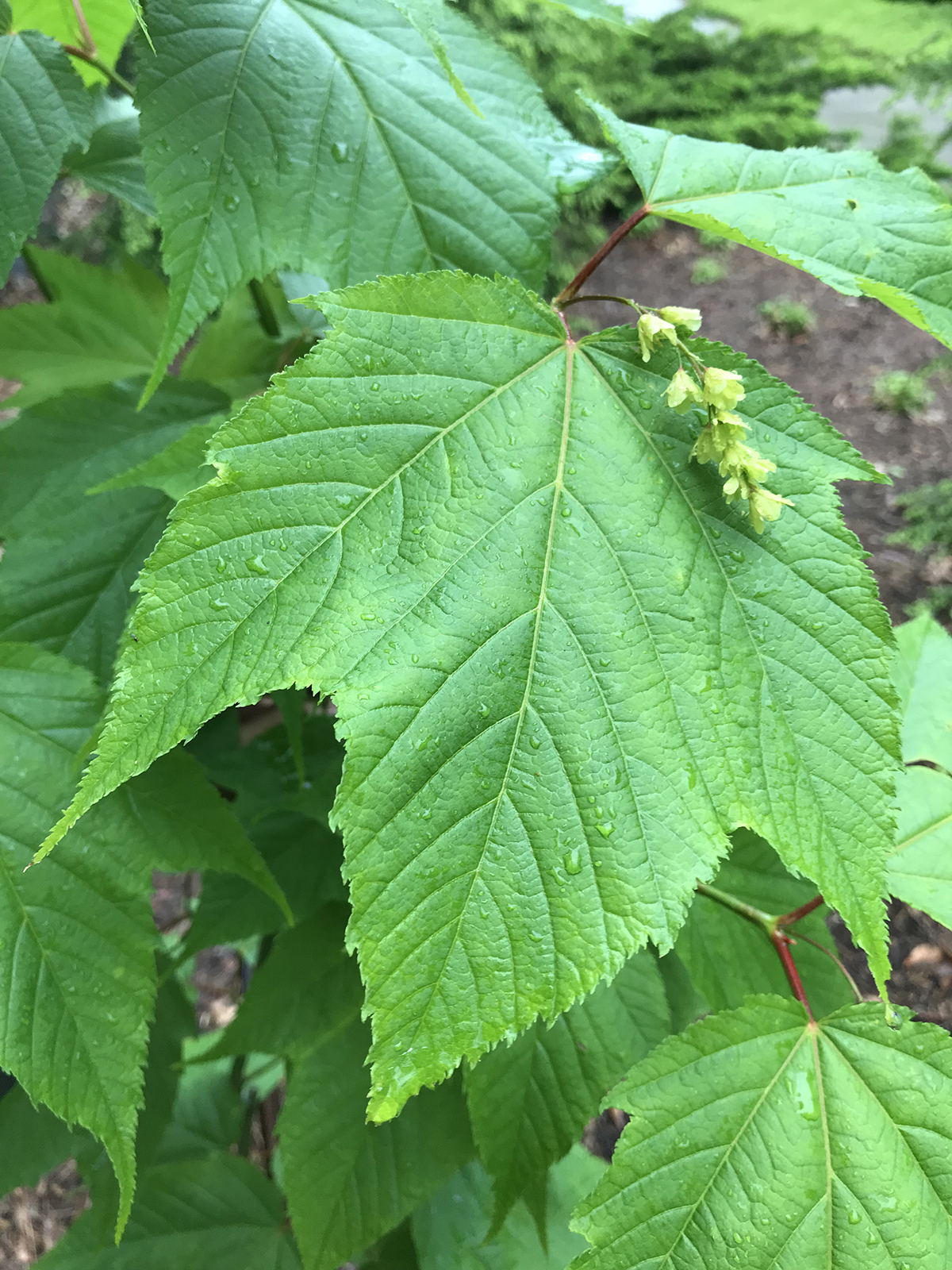
When you think about foliage in the garden, you may think of colours, patterns, and textures. You may think of big, bold, and beautiful leaves of some species or you may think of the airy, finely dissected leaves of others. The foliage of herbaceous perennials offers the full range to satisfy all our senses.
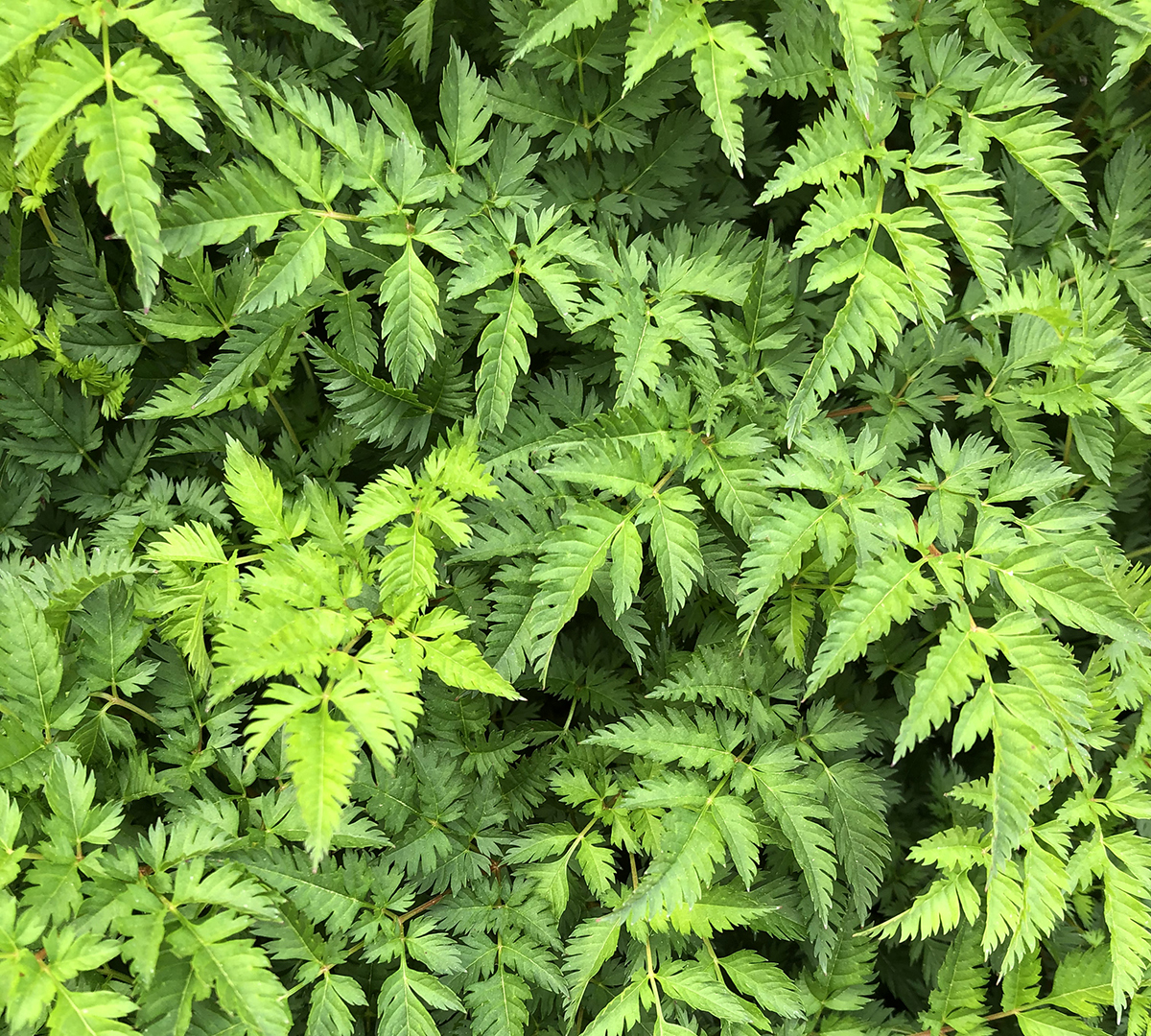

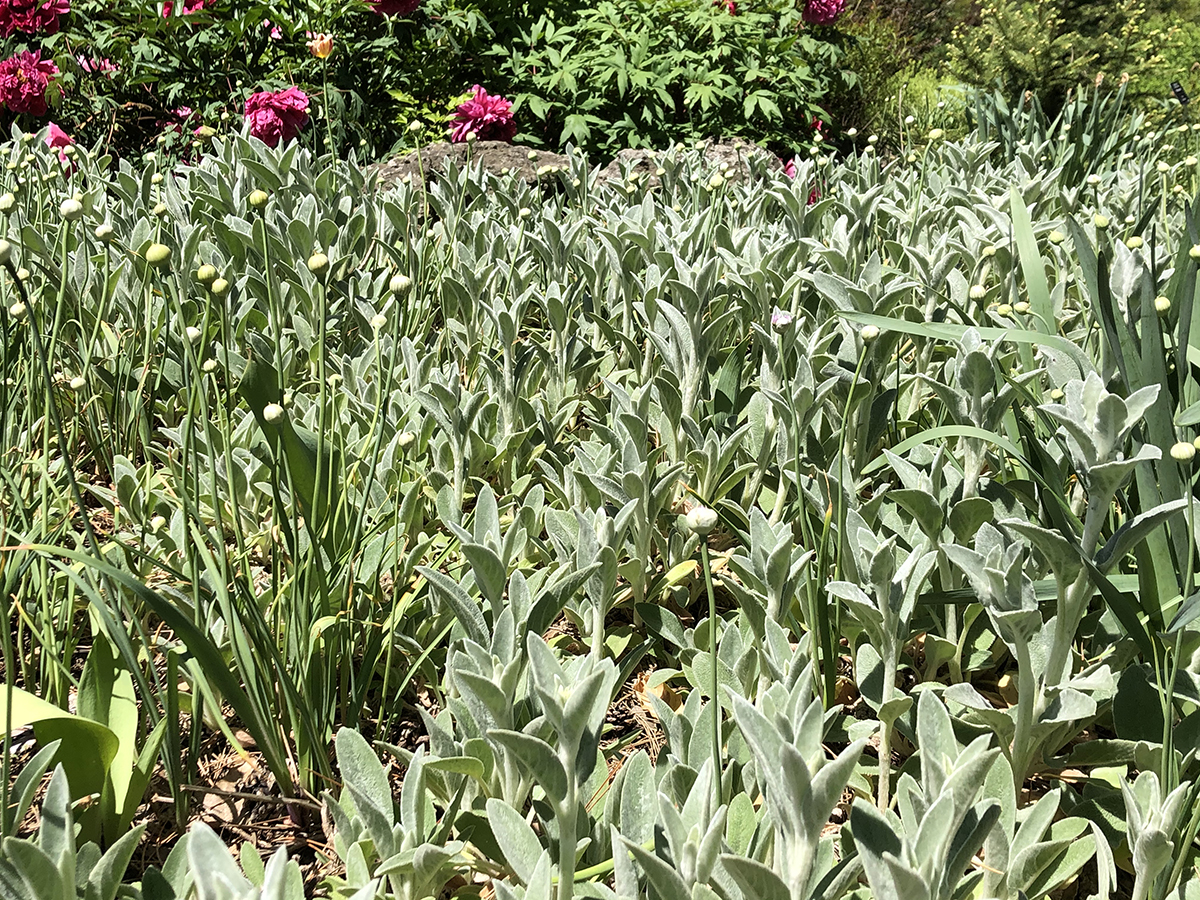
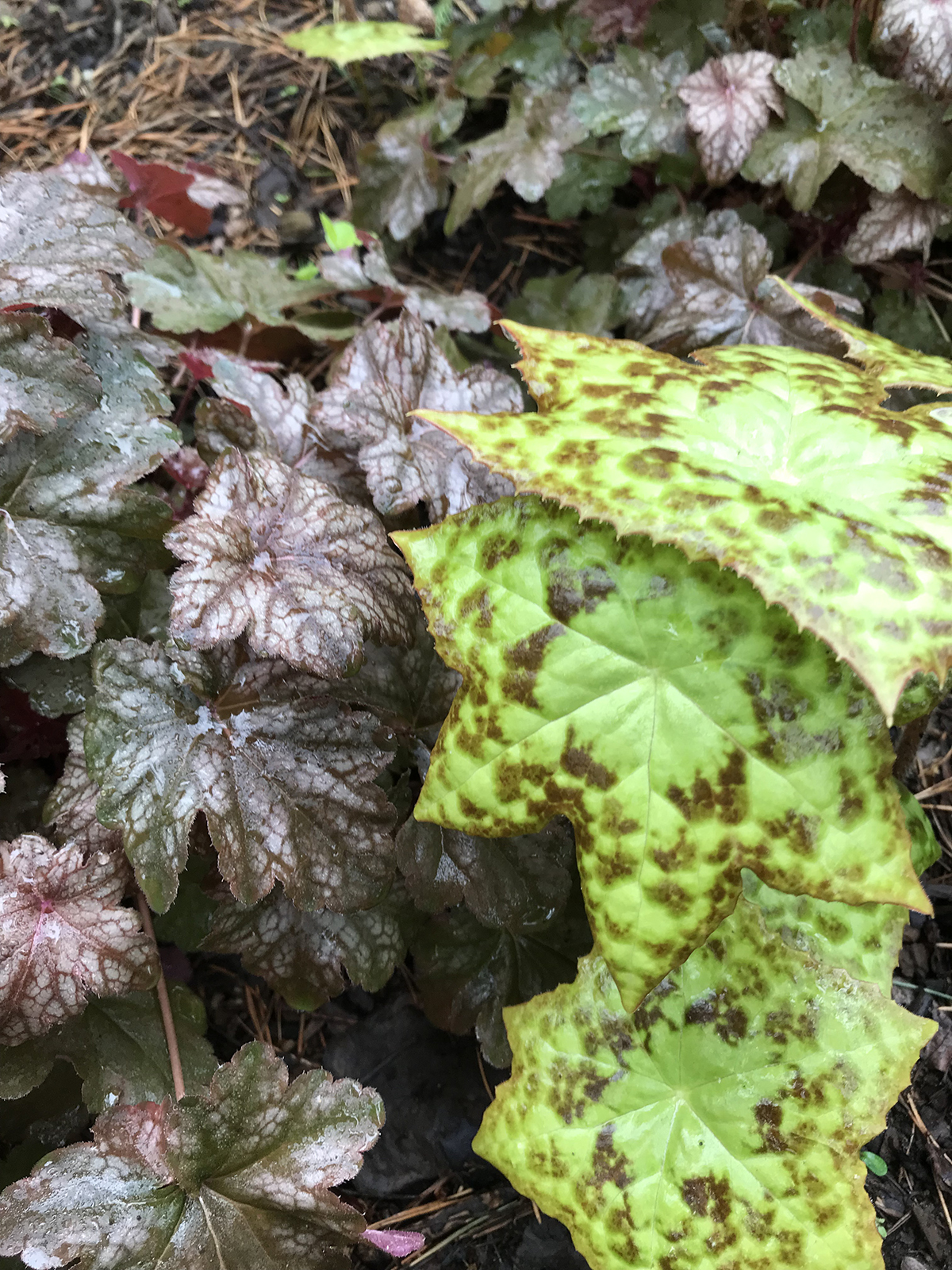

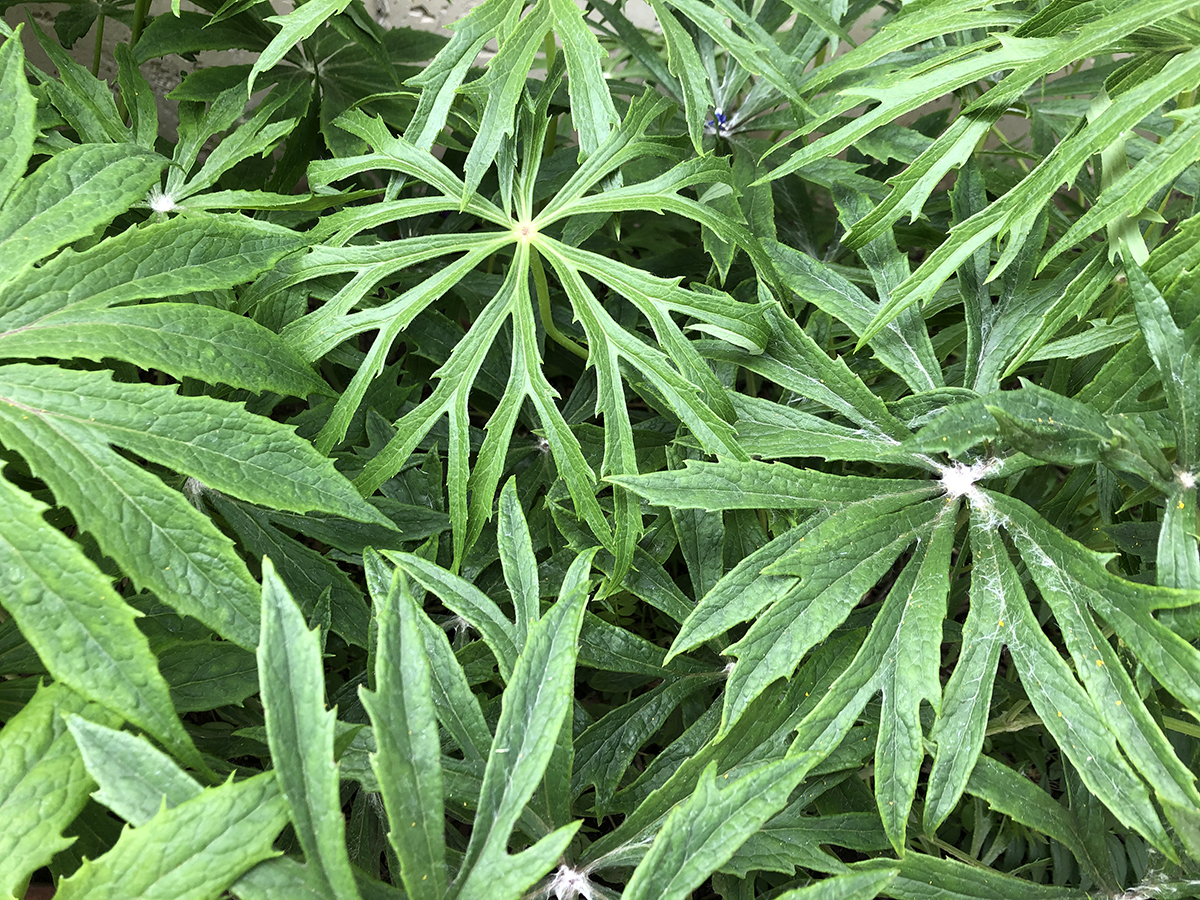
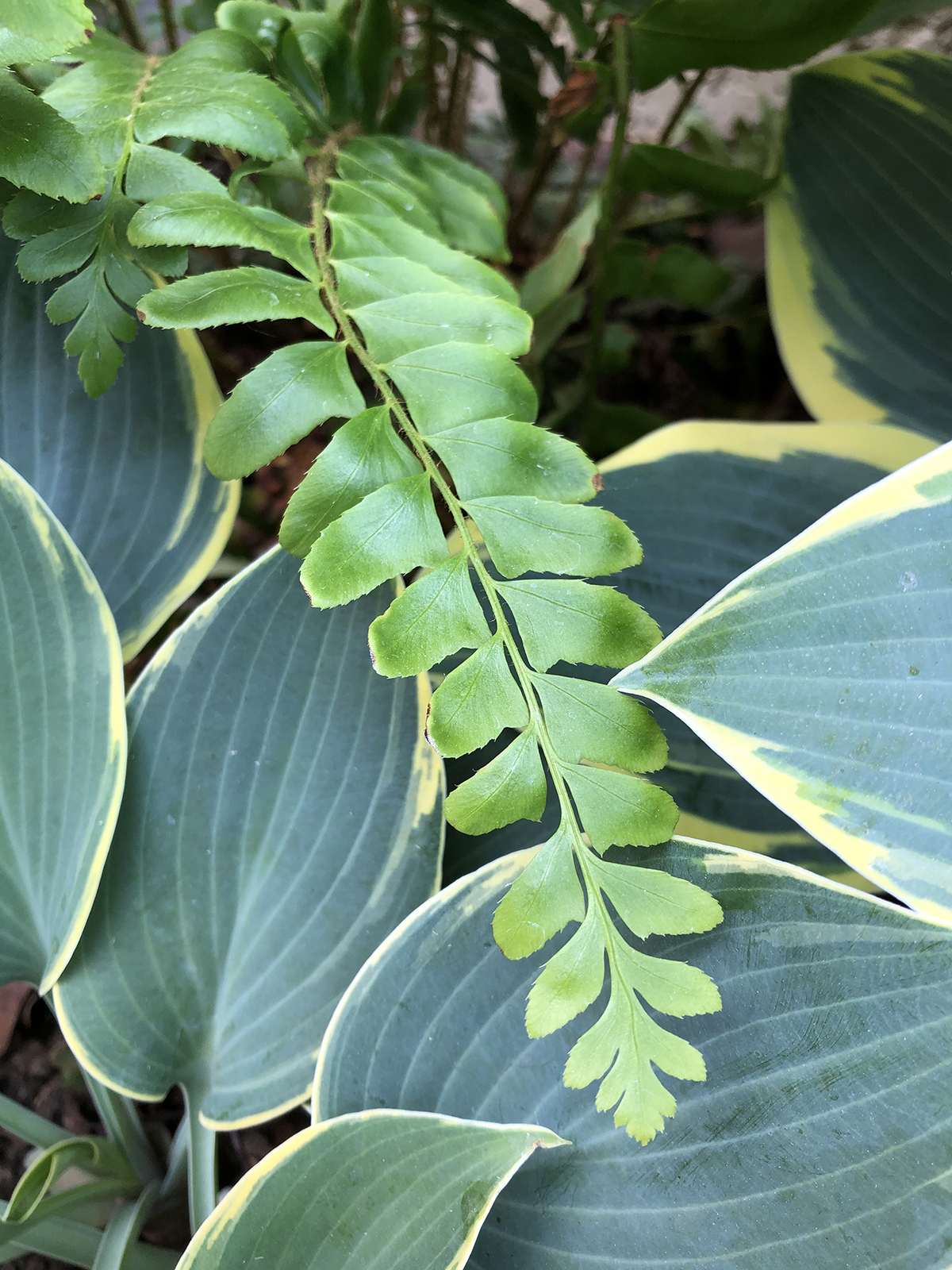
Woody plants offer their own multitude of foliage types, from large palmately-compound leaves of Aesculus species to the multiforme leaves of Sassafras, the coarse needles of conifers to the spiny leaves of Zanthoxylum. The foliage of many trees and shrubs will evolve through the seasons, some covered in soft hairs as they emerge, some with intricate variegations, some changing a variety of colours through the seasons, and some leaves even holding on through winter.
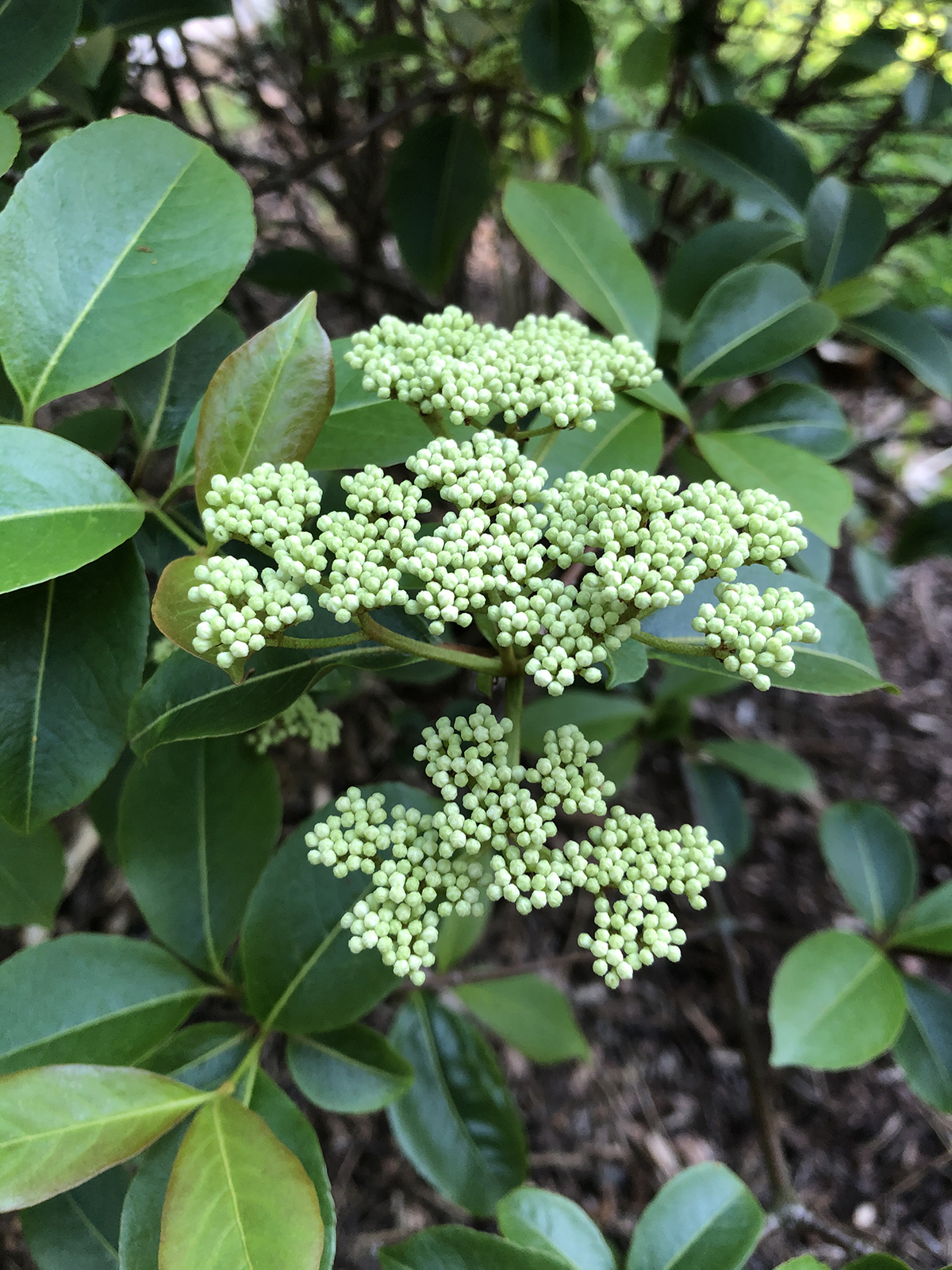
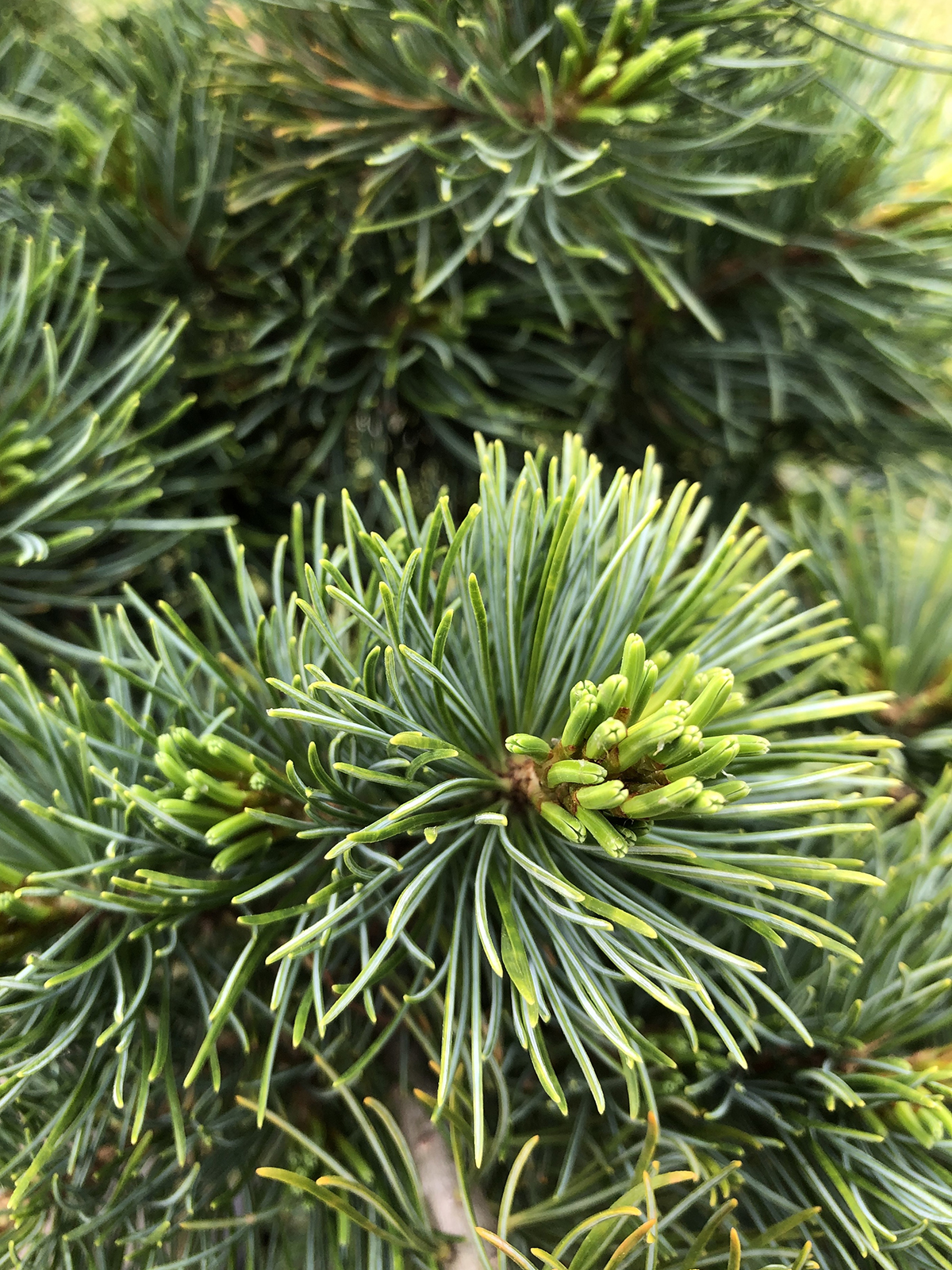
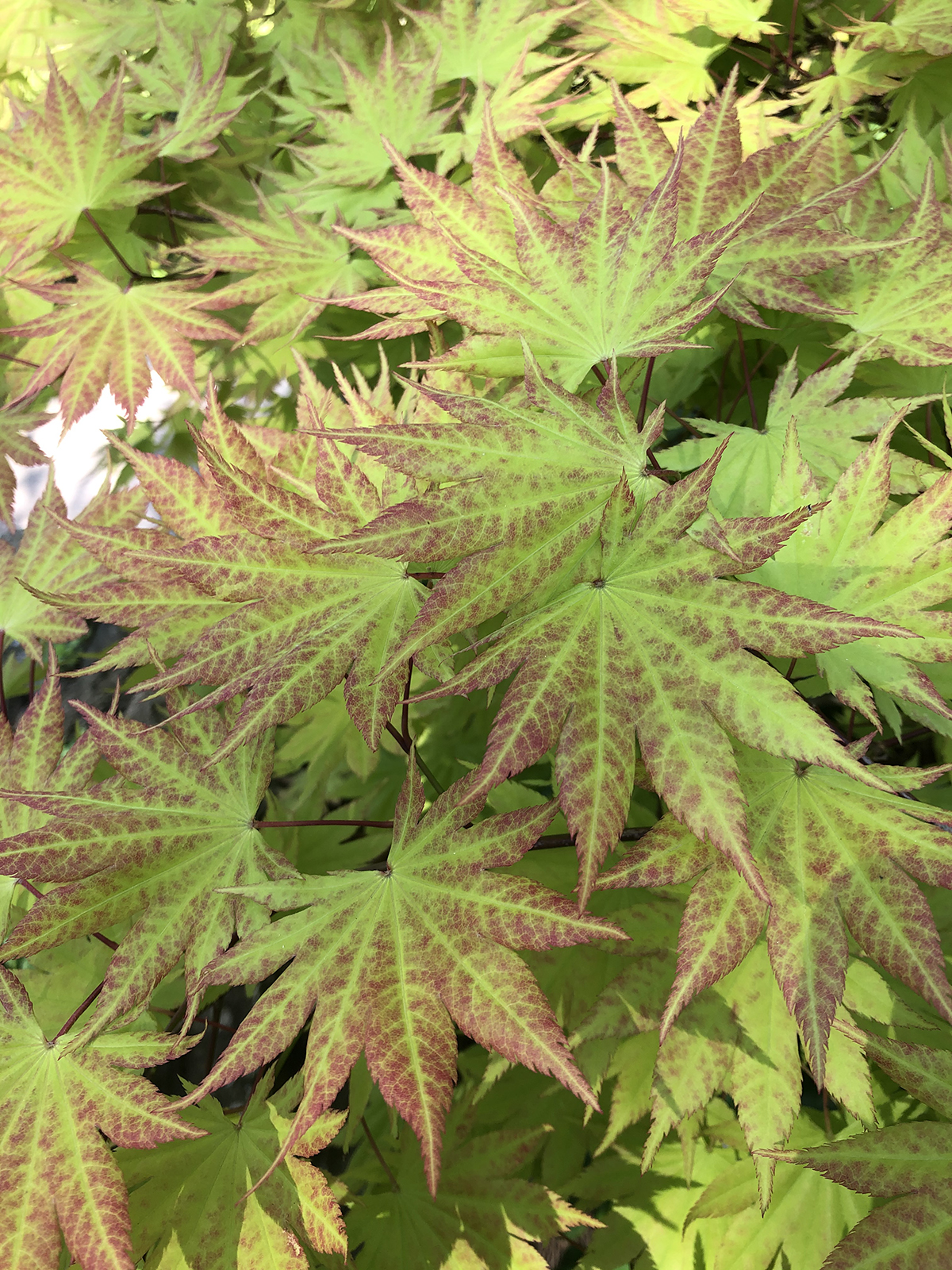
The true superstars of foliage are plants from the genus Hosta. This is a very popular group of plants (just ask a ‘hostaphile’) which are generally grown for their foliage. This member of the Asparagus family (Asparagaceae), is commonly known as Plantain-lily but is usually referred to by the genus name, Hosta. The genus was named by Austrian botanist and mycologist Leopold Trattinnick in 1812, in honor of Nicholas Thomas Host, the Croatian botanist and first director of the botanical garden of Belvedere in Vienna, Austria.
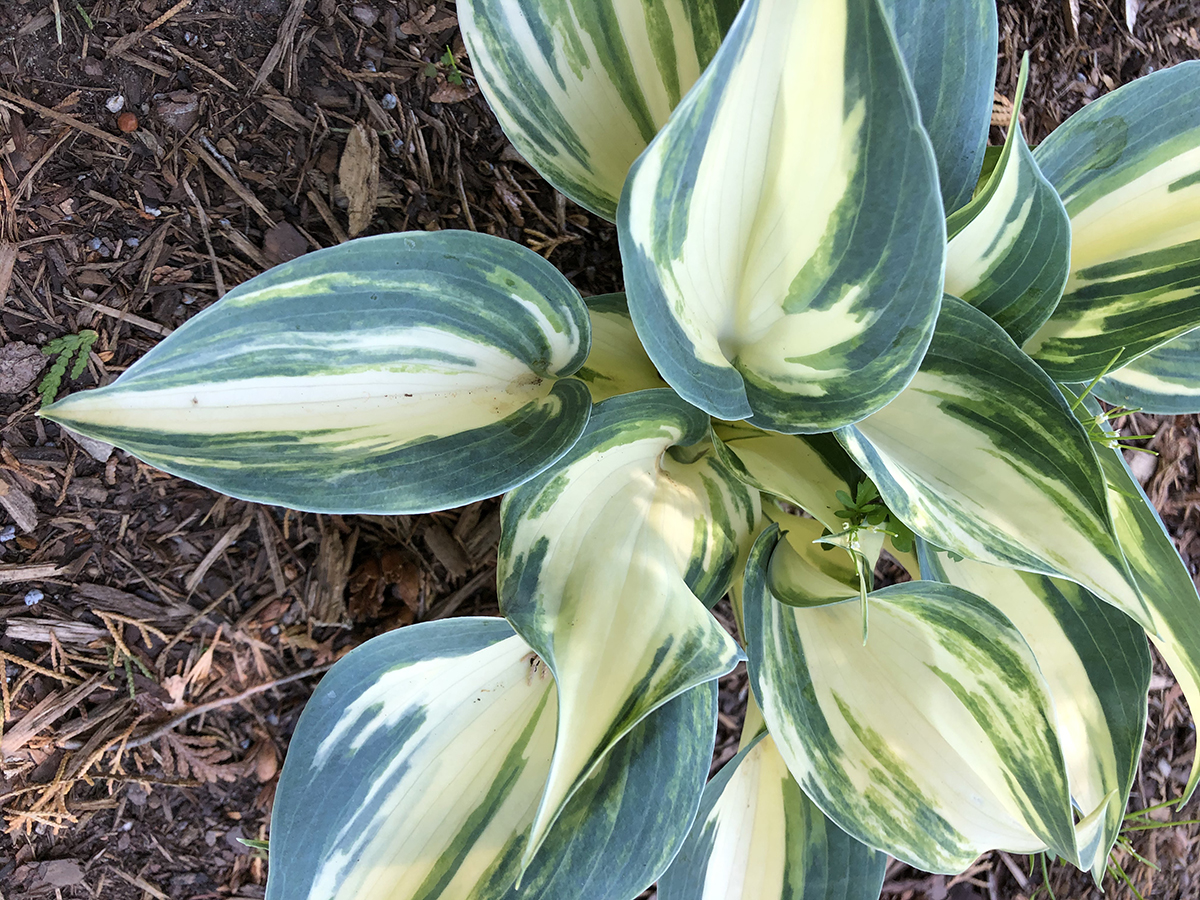
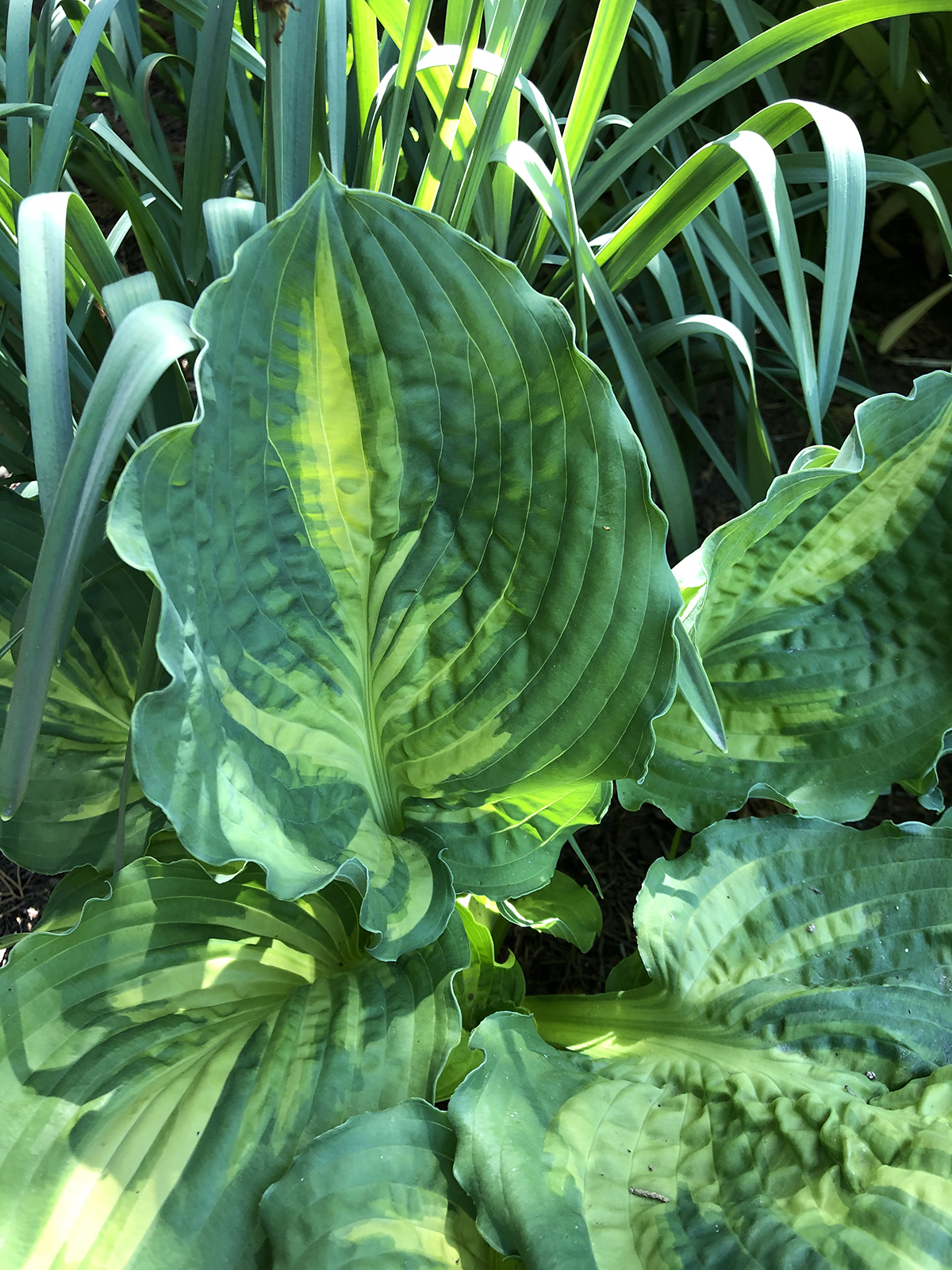
Hosta are rhizomatous or stoloniferous herbaceous perennials with upwards of 45 unique species native to eastern Asia. Since the mid-19th century, the species and cultivars have been hybridized and mutations selected to produce more than 12,000 named and registered cultivated varieties (cultivars) and likely many thousands more which are not registered.
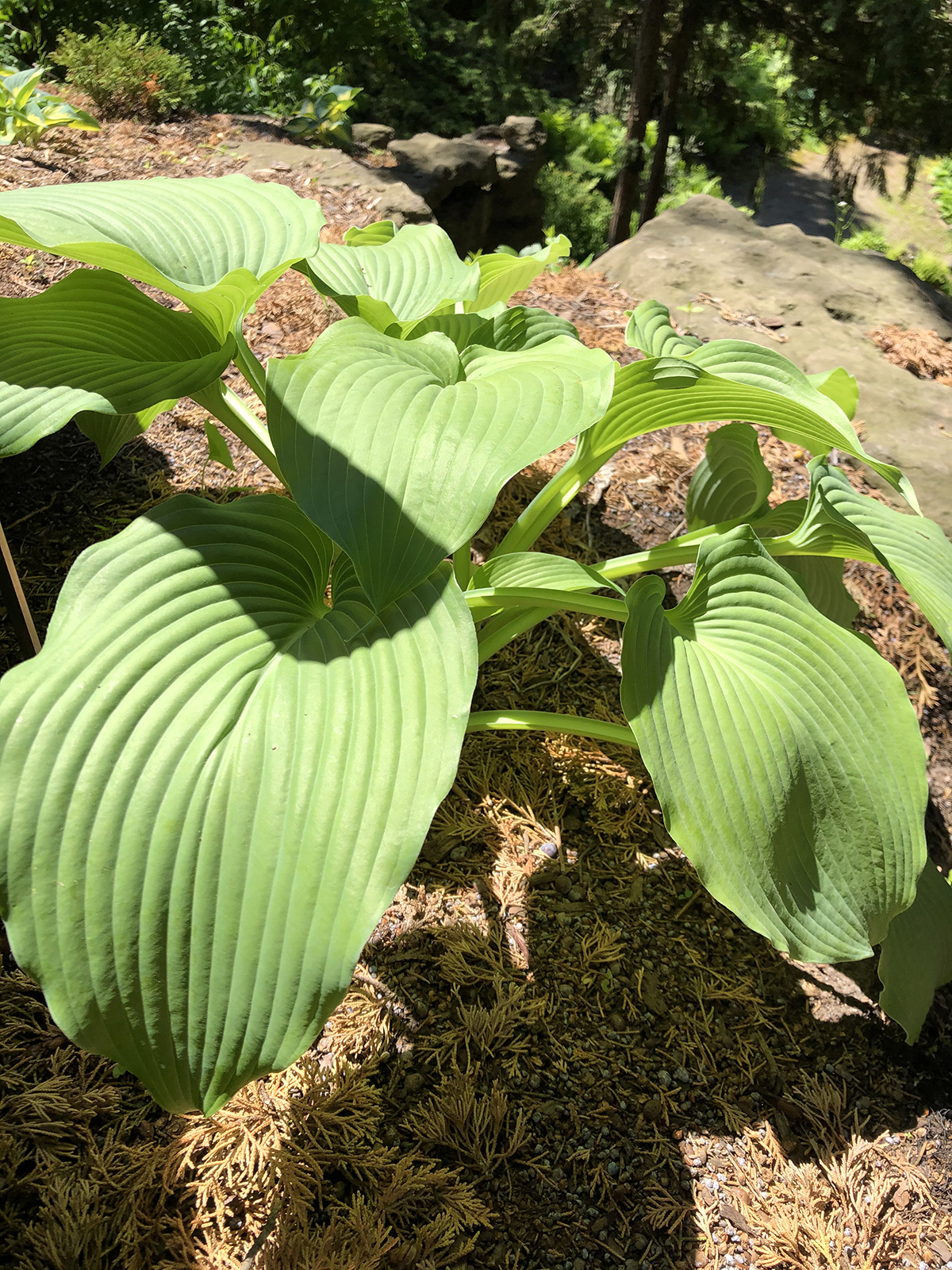
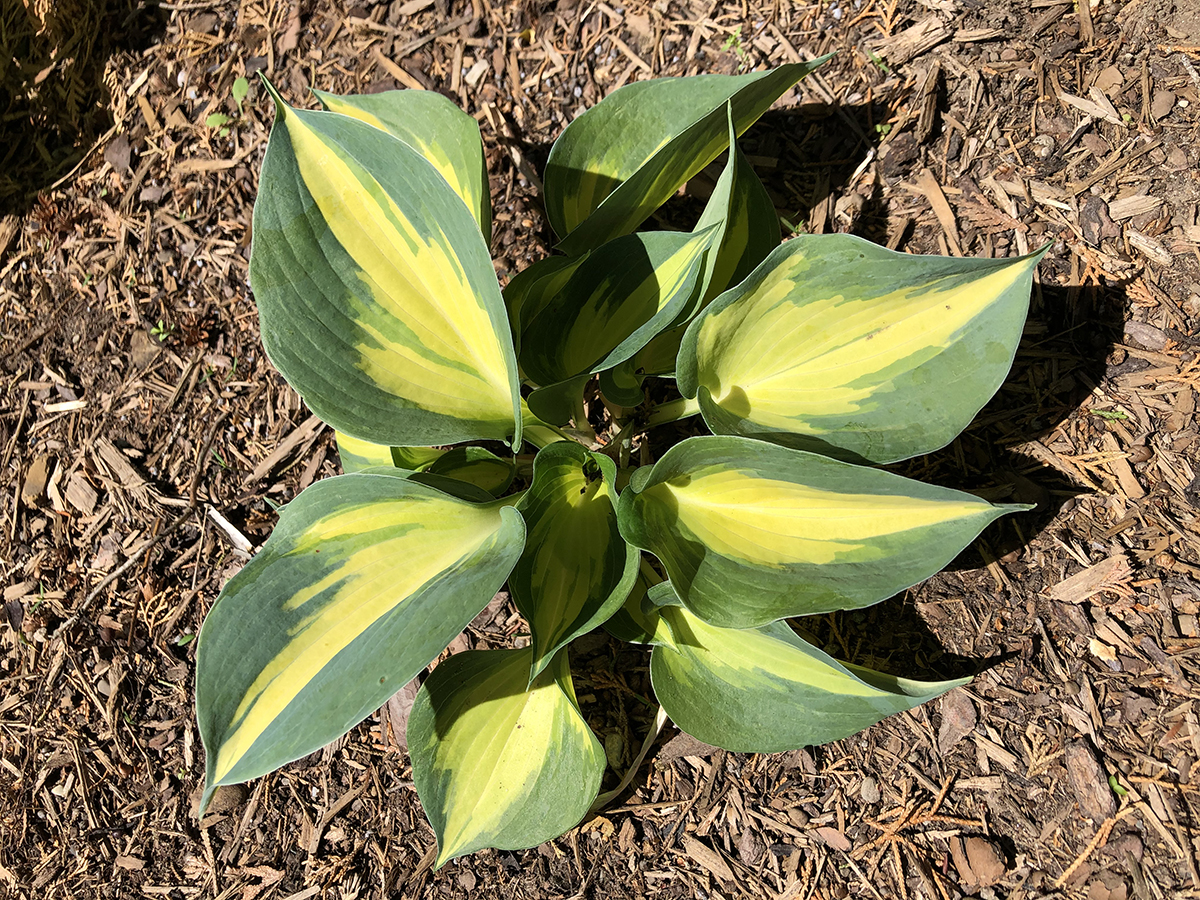
At RBG, we grow more than 3050 individual plants, with 203 accessions representing 142 taxa (unique types) in the genus Hosta, occurring across all gardens. You will find concentrations of Hosta in the Hosta Walk at Laking Garden and throughout the Rock Garden, but you can find wonderful and fancy foliage throughout all garden spaces.
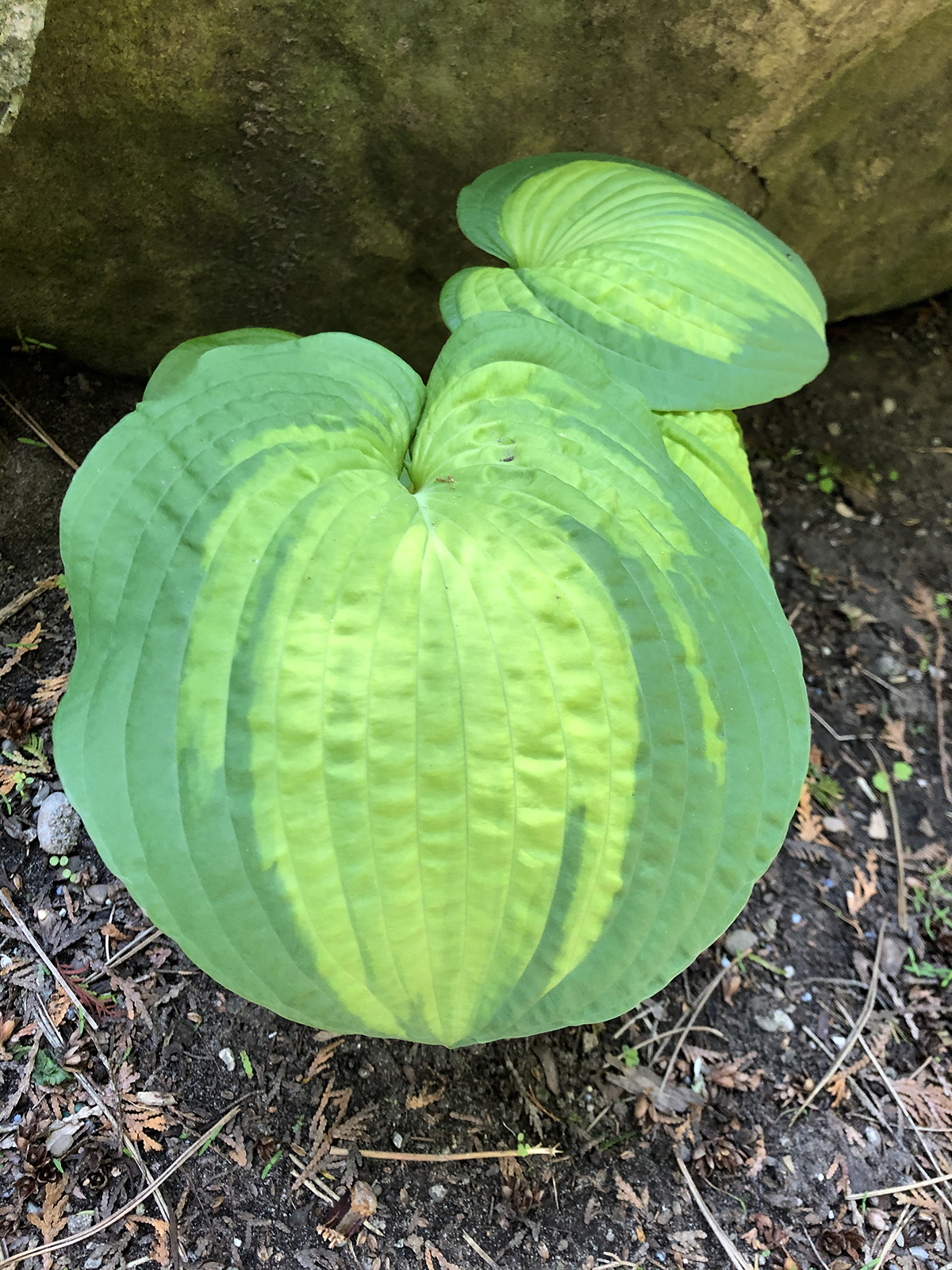
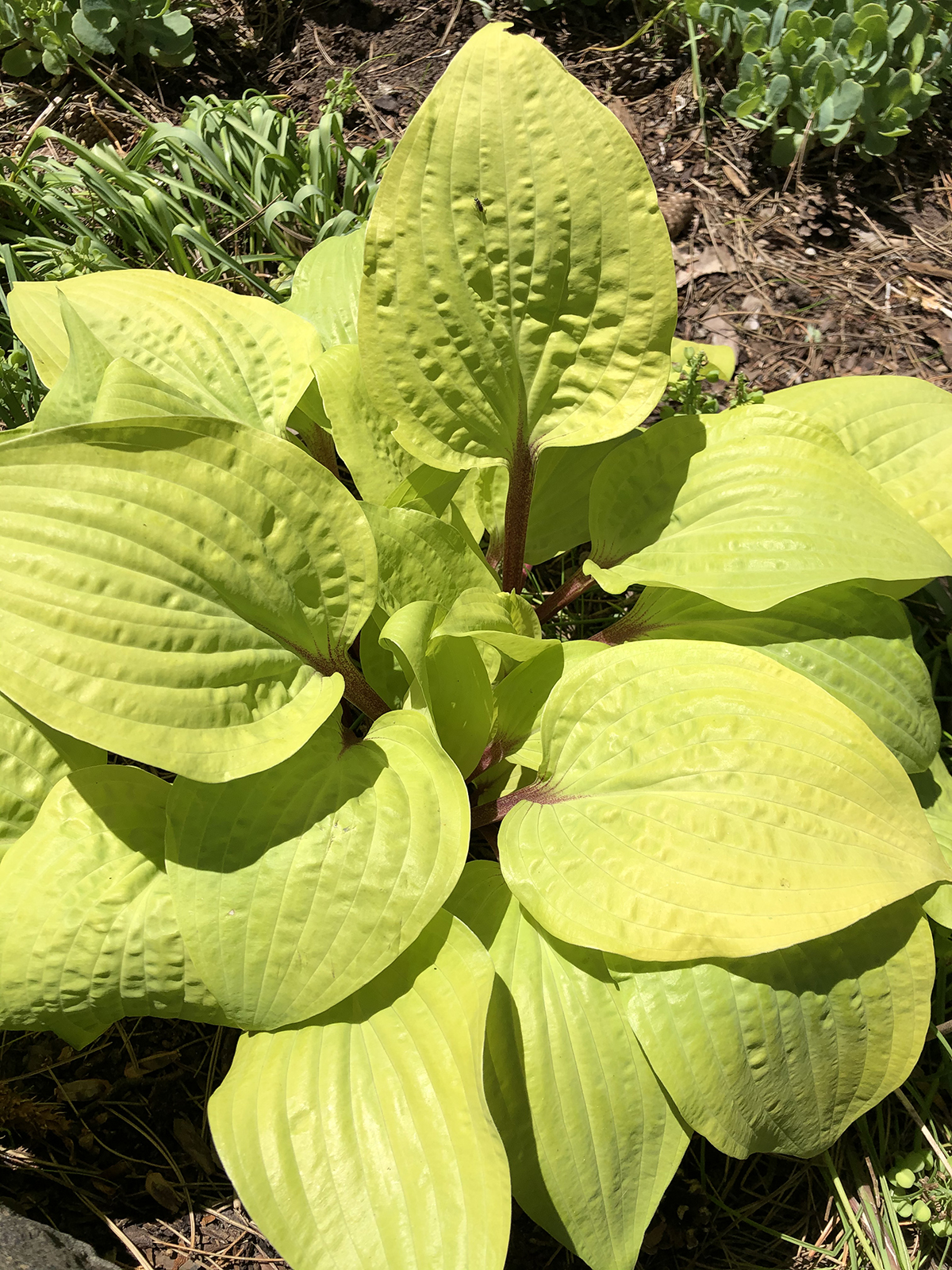
These gorgeous ornamental plants are happy in deep shade to full sun (yes! many hostas will grow well in full sun). Hosta not only provide fantastic foliage but have amazing spikes of white, lavender, and purple flowers too. They grow well paired with other foliage and flowering plants and play well with spring bulbs planted amongst the masses.

Now that all garden areas at RBG are open to visitors, enjoy exploring all the fantastic foliage textures, patterns and colours and try to find your favourite. We are often asked by garden visitors “where are the flowers?” but please remember that it is not just flowers which provide beautiful plant and garden memories. The photosynthetic powerhouses called leaves can also provide those epics moments, those perfect contrasts, and those beautiful images in the garden.
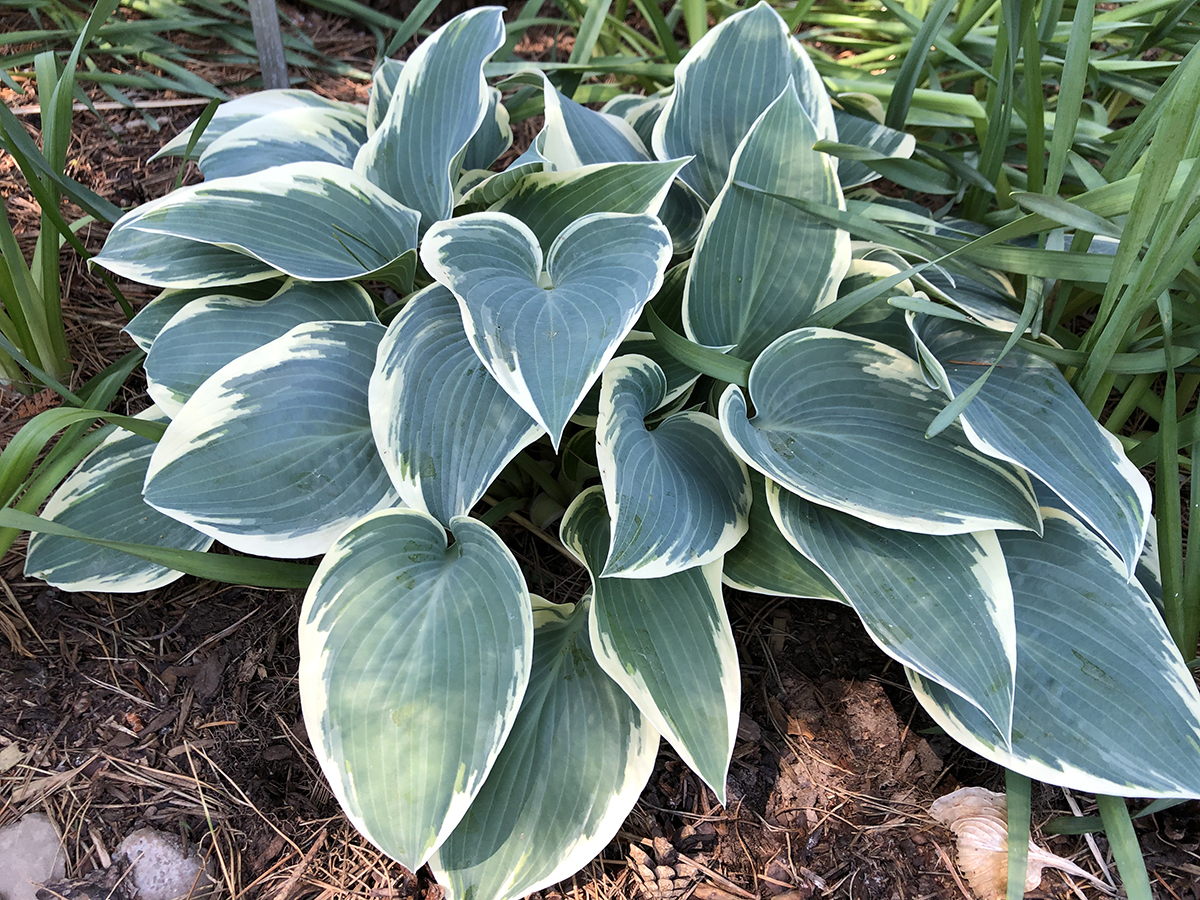

More from the RBG Blog
Check out RBG’s blog for announcements, articles, and more from Canada’s largest botanical garden.
Want to be sure you hear first? Sign up for our weekly e-newsletter to hear about upcoming events, weekend activities, articles, and more!












